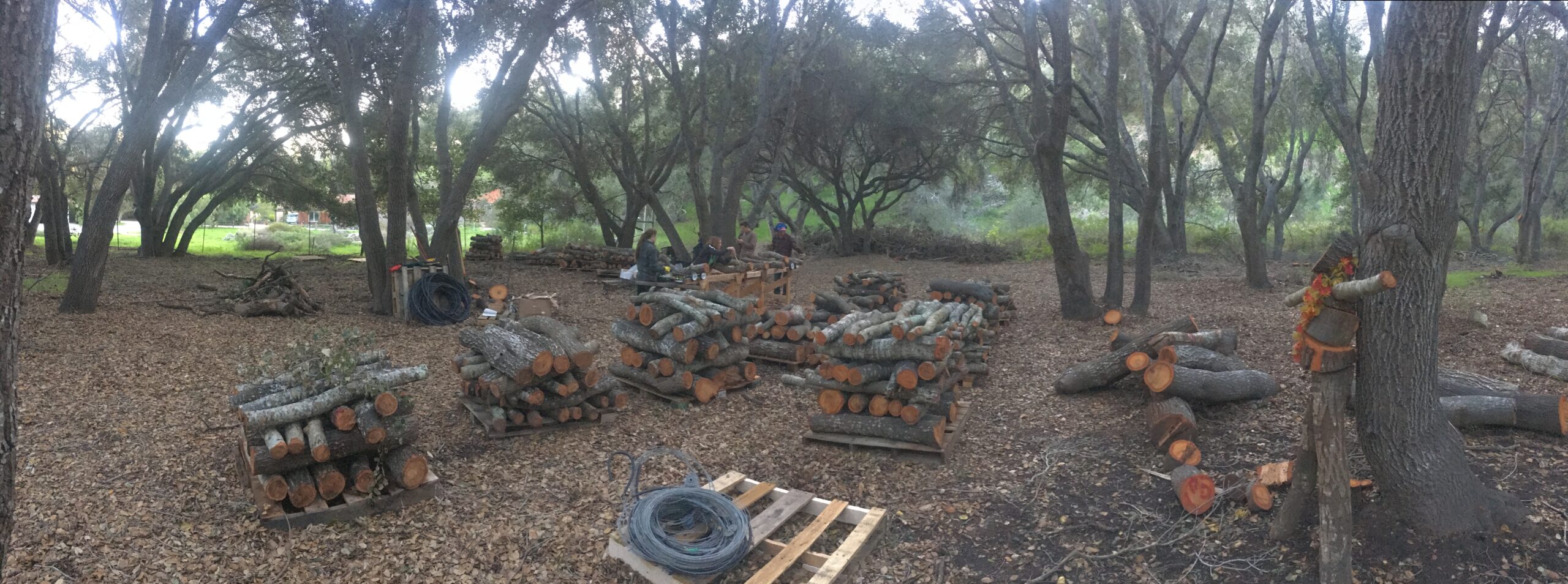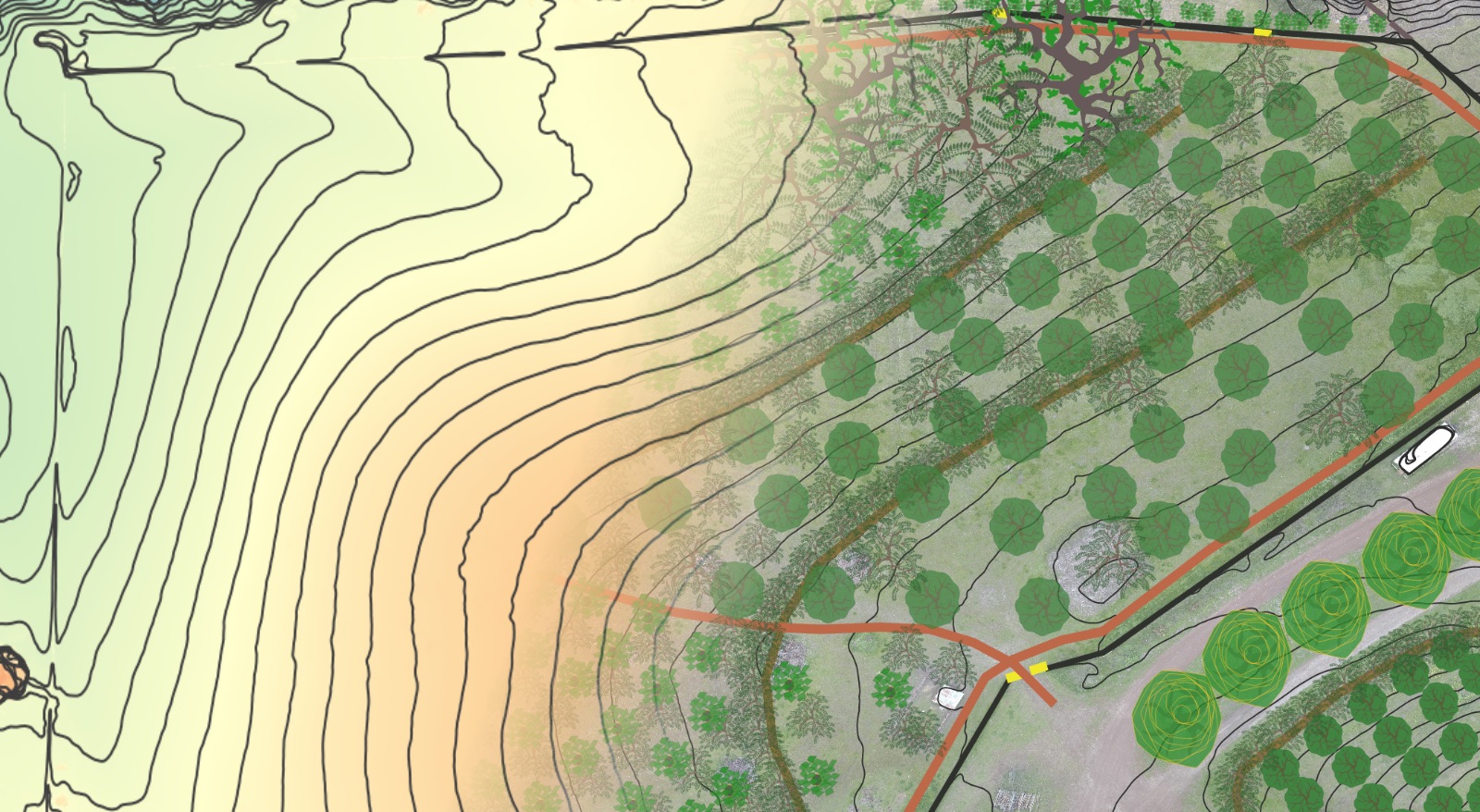Your cart is currently empty!
-
A Primer On Hugelkultur
A Primer On Hugelkultur What Is Hugelkultur? Hugelkultur is the technique of burying woody material and mounding it over with earth to create raised garden beds. When And Where Is Hugelkultur Appropriate? Hugelkultur is most appropriate in temperate climates with a pronounced wet season – often regions that are heavily forested – and is a…
-
Growing Mushrooms In The Forest

Log-based Mushroom Culture Preparing Logs Mushrooms can be grown on freshly cut, inoculated logs within a natural woodland setting. Logs are recommended to be cut in late winter to early spring and inoculated shortly thereafter. There are many methods to inoculate logs, some of which work better for different types of culinary or medicinal mushrooms.…
-
Primer On Green Septic Systems
What Are Green Septic Systems? Green septic systems utilize aerobic biology to fully digest and break down sewage effluent, utilizing it as a fertilizer to grow valuable herbaceous and woody biomass. What Are The Components Of A Green Septic System? A green septic system utilizes traditional greywater and blackwater collection plumbing, a traditional septic tank…
-
Grow Food, Fodder, Fences And Forts For Cheap With Livestaking ~Epi-072
Today’s episode is a short primer on live staking – what it is, how it works, what its good for, what types of species you can use to do it, and how to harvest, prepare and plant your live stakes. If you have perennially moist soils in need of stabilization, or are able to irrigate…
-
All About Live Staking
What Is Live Staking? Live staking is a tree establishment method by which small-diameter branches or certain tree or shrub species can be pushed, dug or pounded into wet, perennially moist or irrigated soils prior to bud break, where they will strike root and become an entirely new tree or shrub. How Does Live Staking…
-
Off-Grid Soil Fertility For Sovereign Food Systems ~Epi-068
If you are serious about food sovereignty, you’re serious about building soil. In this episode I detail 4 methods for creating your own soil fertility inputs from what you are already growing, can source on your property or very close to home, or are already in the course of putting food on your table. They…
-
Using Duckweed To Grow More Calories Per Square Foot ~ Epi-064
Check out this episode!
-
DIY Soil Fertility – Part 6: Charcoal and Biochar
Charcoal vs. Biochar – What Is The Difference? Charcoal is the carbonized solid that remains after biomass has had all moisture and volatile compounds removed from it via pyrolysis, the slow heating of wood or other carbonaceous materials in a low to no-oxygen environment. Biochar, generally speaking, is charcoal that has been “charged” with nutrients…
-
DIY Soil Fertility – Part 5: Fermented Plant Juice
What Is Fermented Plant Juice? Fermented Plant Juice (FPJ) is a fermented extract of the saps and chlorophylls of specific types of plants. It is enzymatically rich and full of lactic acid producing bacteria and yeast that can help to invigorate plant and animal growth (a probiotic). FPJ is simple to make with typical home…
-
DIY Soil Fertility – Part 4: Thermophilic Compost
What Is Thermophilic Composting? Thermophilic composting processes are set up to favor thermophilic (“heat loving”) microbes that are capable of rapidly breaking down organic matter into humus. Thermophilic composting is a way to make large quantities of quality compost in a relatively short period of time, and is typically done in meter square piles (the…

